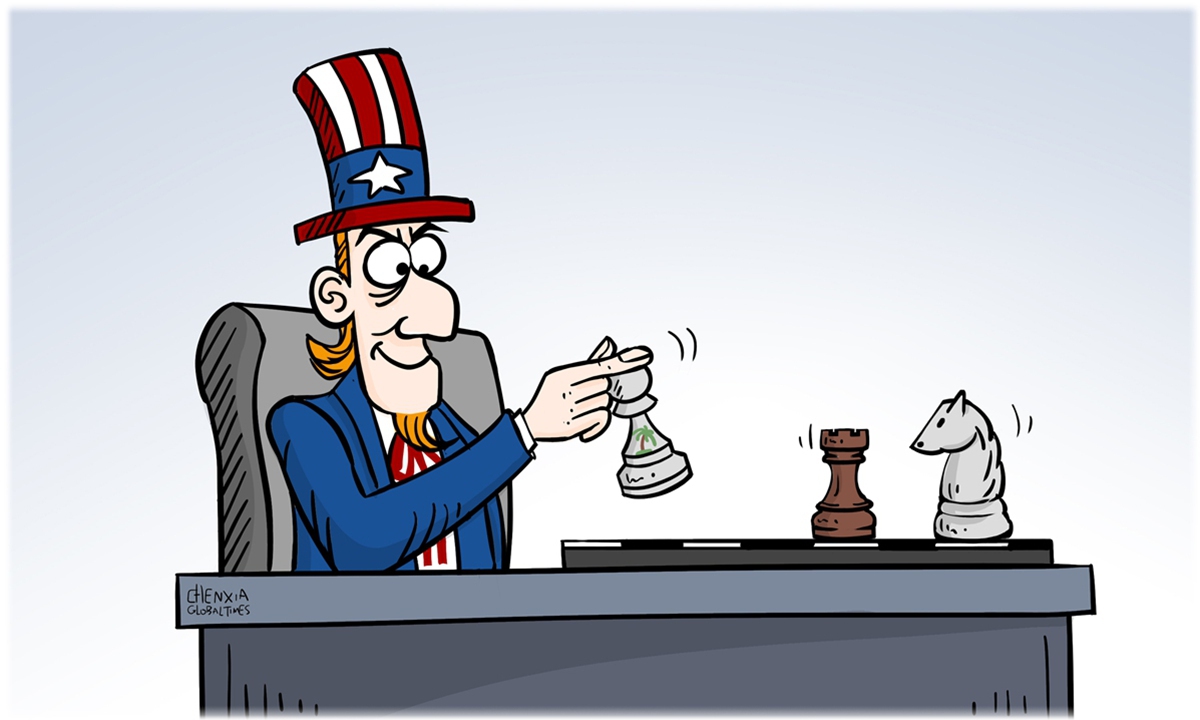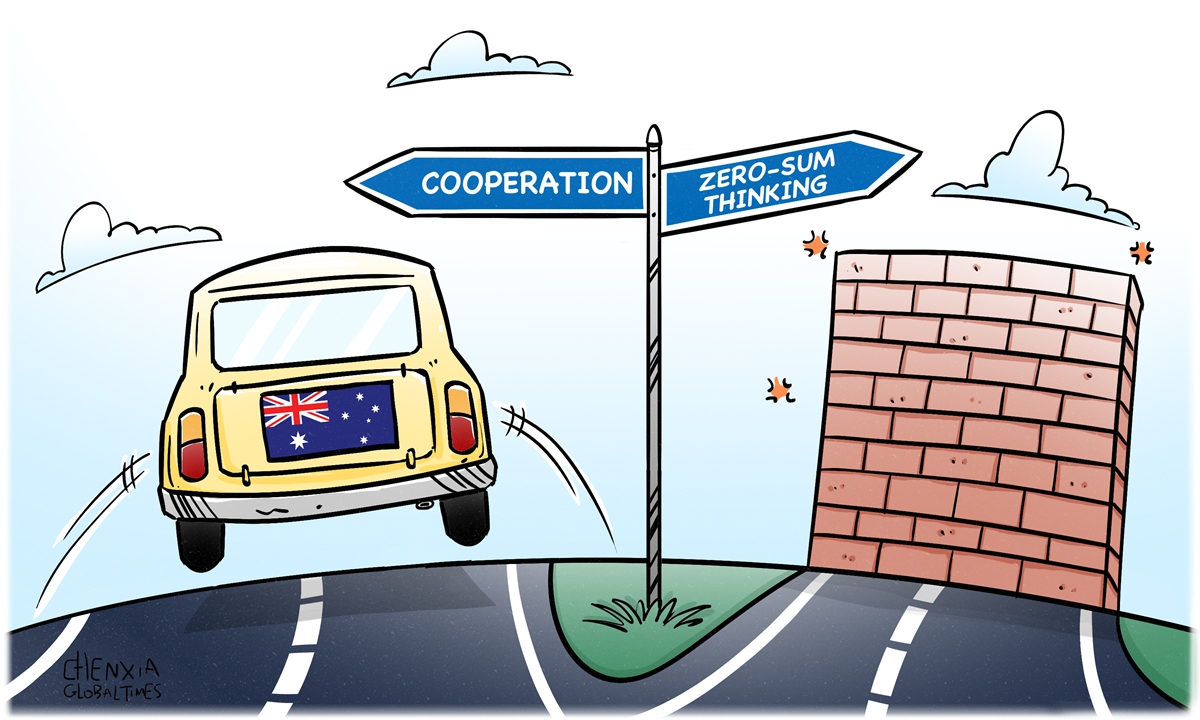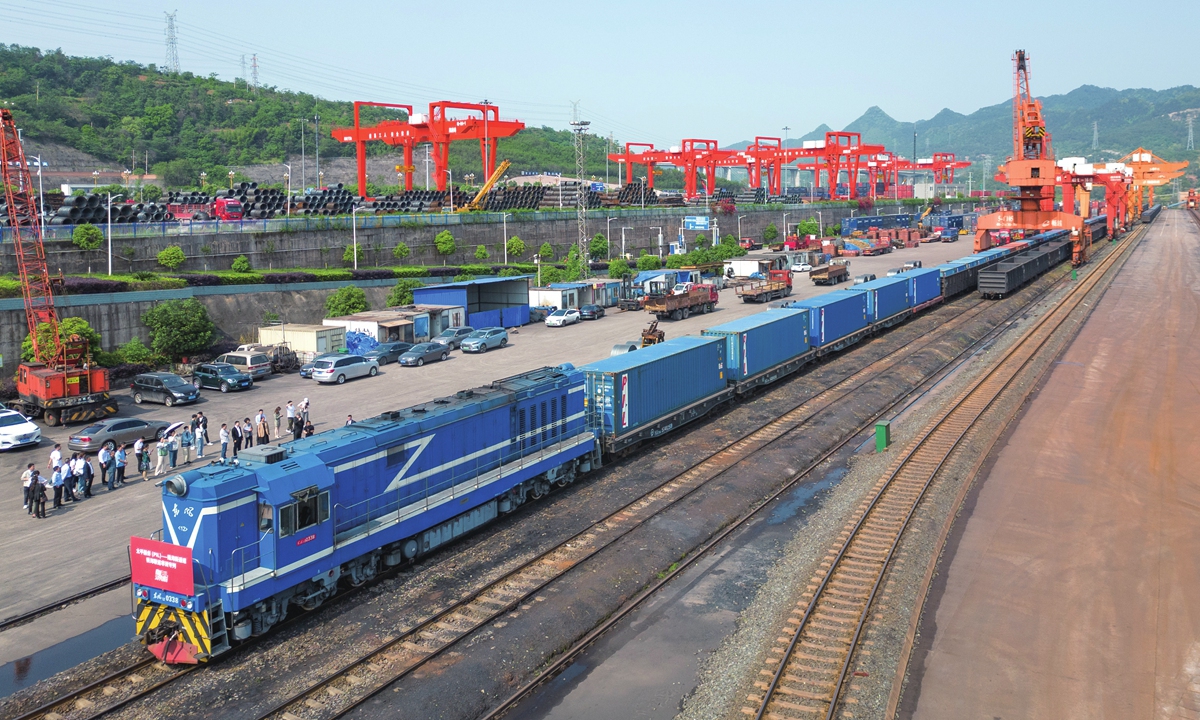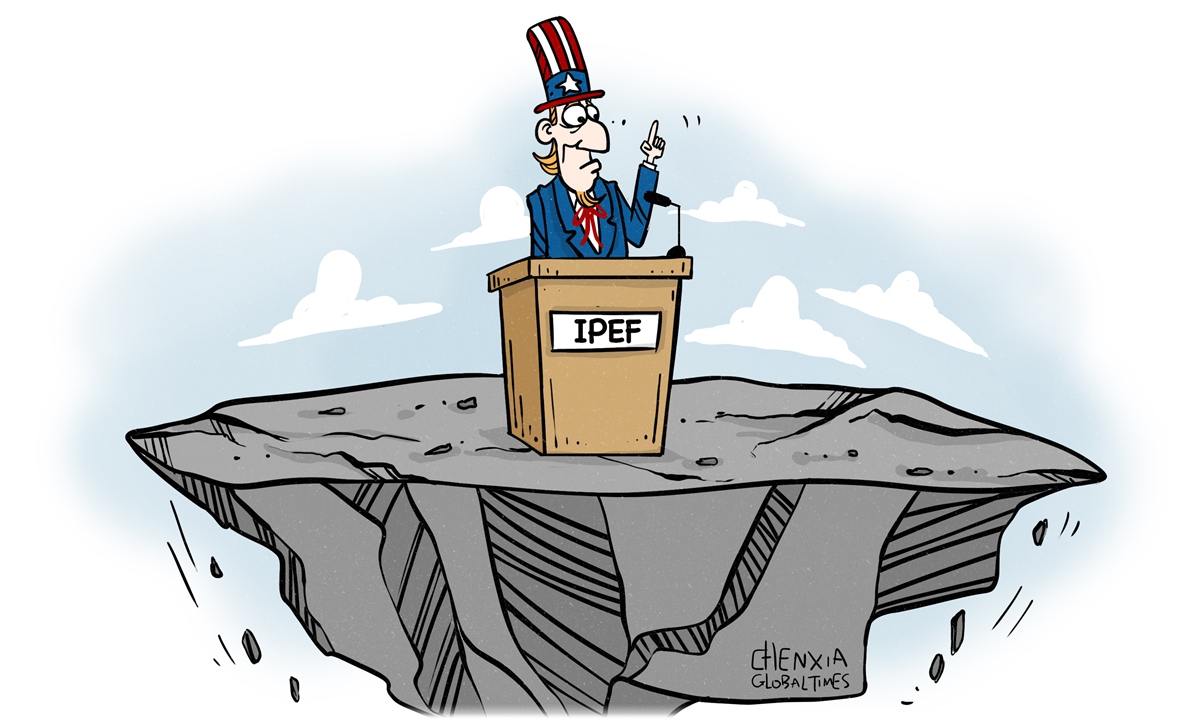
Illustration: Chen Xia/GT
Anxiety about China's cooperation with Pacific Island Countries (PICs) may have made the US generous in painting a rosy picture about support for regional countries. But more and more facts show that the picture is nothing but pie in the sky, as it may be a completely different story to expect the US to provide the promised funding and take more practical actions.Michael McCaul, the Republican chairman of the US House of Representatives Foreign Affairs Committee, said on Friday that he supported funding for US-allied PICs as a way to counter the influence of China, and would push to include them in any supplemental security aid bill, Reuters reported.
This is not the first time that US politicians have pledged to support aid to PICs. But what is awkward is that there is no sign that the funding of these aid promises will materialize any time soon. For instance, the Federated States of Micronesia, Marshall Islands and Palau agreed to new 20-year funding programs with the US last year, under which Washington would provide economic assistance, but the US Senate just passed a $95 billion foreign aid supplemental spending bill that did not include this funding, even though the additional amount currently needed is a relatively small $2.3 billion.
It has been common to see senior US officials including US Secretary of State Antony Blinken visiting PICs in recent years, and the Biden administration has unveiled various plans to aid the region's economic development. In September 2022, the Biden administration announced US commitments to implement the Declaration on US-Pacific Partnership, covering a slate of ambitious initiatives to meet Pacific priorities and an investment of more than $810 million in expanded programs, on top of more than $1.5 billion provided in the previous decade.
While these initiatives may sound promising for deepening cooperation, the problem is that the US has already unveiled too many initiatives and strategies around the world. Almost every year, the US government draws up seemingly ambitious initiatives that are supposed to help other countries, but we hear little about follow-up developments.
Against such a backdrop, it is highly questionable as to how much attention and funding the US can set aside for people in PICs. What's more, it is no secret that the US motives are not pure. American politicians have never hidden the fact that their support to the region is to "counter China's influence."
From another perspective, their use of China to push for funding to PICs is actually indicative of their concerns about China's growing cooperation with PICs.
But China's stance and actions of helping PICs achieve social stability and economic development won't be affected by geopolitical interference. China's sincere assistance to the development of the islands has yielded fruitful results over the years, with Chinese economic aid and investment projects growing rapidly.
In particular, under the Belt and Road Initiative, China has built infrastructure projects, education facilities, and cultural and sports facilities in many island countries, which have greatly enhanced local economic development and improved the livelihoods of these islands' people.
Better infrastructure conditions have improved local investment environments, and Chinese companies have invested in the fishing, rice, vegetable, livestock production and processing sectors in these countries.
Also, China has become an important export market for Pacific islands' aquatic, timber and mineral products.
Cooperation between China and these islands has a solid economic and trade foundation and is mutually beneficial, which is perfectly in line with the needs of these island countries for economic development.
For PICs, the core demand is regional prosperity and stability, and they are neither any country's backyard nor a pawn in any power's strategy. Any cooperation plan with the region should be conducive to achieving development, instead of bringing geopolitical games into the region. It would be delusional if the US wants to squeeze China out of the region simply with pie in the sky.
Wherever China goes to strengthen cooperation, the US will follow and invest. For example, when China invests in Africa, the US follows. When China invests in more Asian countries, the US follows suit and invests in Asia. These investments are welcome as long as they are beneficial to the development of these countries. Our only worry now is whether the US is only paying lip service.



